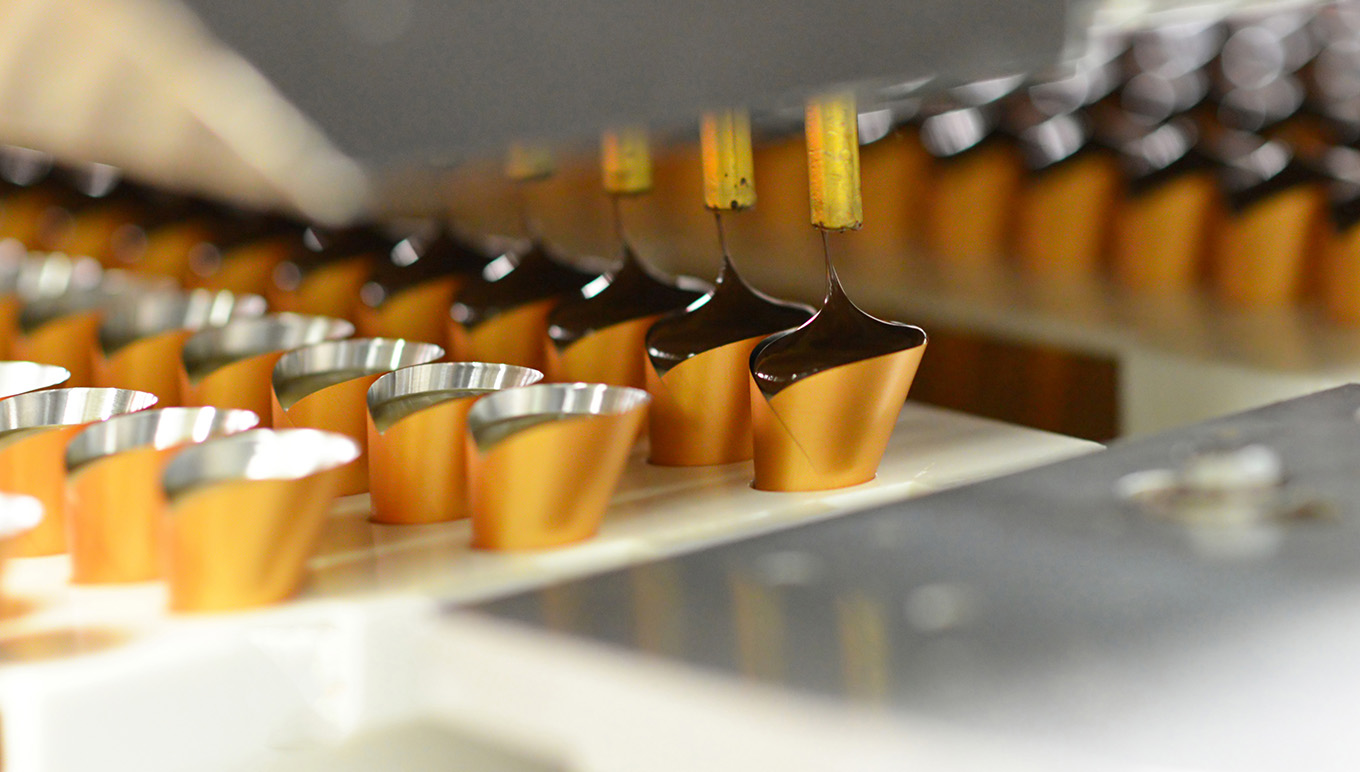Confectionery Industry Trends – How to Adapt Production to Fit Changing Health Desires
Confectionery Industry Trends – How to Adapt Production to Fit Changing Health Desires
Confectionery Industry Trends – How to Adapt Production to Fit Changing Health Desires

For a long time, the confectionery industry was largely insulated from the changing health desires of the public. Consumers have demanded healthier (lower sugar, salt, fat, etc.) and more natural (organic, sustainable, etc.) products for years now - but this demand was concentrated in staple “mealtime” foods—meat, dairy, prepared foods and bakery, to name a few.
Most of the health-focused changes seen in the confectionery industry were imposed from above by regulators in the name of public health, rather than by manufacturers in response to customer demand. This is unsurprising given the way we have traditionally treated confectionery—as an indulgence where a degree of unhealthiness is acceptable. But while this mindset isn’t going to disappear any time soon, there has definitely been a surge in demand for products that meet certain health criteria in recent years.
Confectionery companies must respond to the changing consumer landscape quickly, but overhauling manufacturing in this way is a real challenge. In this blog we explore the major health trends shaping the industry and look at how your company can adapt quickly.
Four Key Confectionery Industry Trends
A number of key health trends have emerged, which are expected to grow in importance throughout 2021. We’ve picked out four areas where consumers are increasingly demanding confectionery alternatives:
1. Reduced or No Sugar
The high amount of sugar present in sweet treats is their most obvious health drawback - and the most obvious place to make changes. Reducing the amount of sugar in products has the useful effect of reducing the calorie count—a major health concern for consumers. This is something industry leader Mars Wrigley is playing on with their recently announced sub-100 calorie range of chocolate bars.
Completely sugar-free options are also growing in popularity—especially for products like hard boiled sweets, gummy sweets and chewing gum.
2. Plant-Based
The rise of plant-based foods has been rapid, most obviously seen in meat alternatives. But the trend is now well-established in the confectionery market too, as consumers look to eschew dairy and gelatin-based products. In 2020 alone, the number of confectionery product launches under the “plant-based” banner more than doubled.
The drivers of this trend include the growing number of vegan and vegetarian customers entering the market, as well as those looking to eat more plant-based foods for health and lifestyle reasons. People with allergies are also a significant part of the demand for plant-based alternatives, although they must be labeled correctly to display which if any allergen risks remain.
3. Greater Nutritional Value
A sizable section of the market is also looking to confectionery to provide more nutrient-rich products. Not only do they want their sweet snacks to taste good, they want to be able to use them to improve their overall health. Confectionery that fits into weight-loss programs or exercise schedules could represent a big opportunity for your company.
4. Supporting Immune Health
COVID-19 has had an enormous impact on the way consumers see the link between their diet and their immune health. Approximately 60% of global consumers are now thought to be actively looking for foods that support their immune system. Confectionery is one sector seeing particular change in this area. Products with high levels of vitamins, minerals and antioxidants especially are growing in popularity.
How Can Manufacturers Keep Up With These Confectionery Market Trends
Meeting these new health trends should now be a top priority for your confectionery business - but this isn’t without its challenges. It’s particularly difficult for larger companies with broader product portfolios to capture demand in emerging markets like these.
Smaller companies operating only in these niches will often have certain advantages when it comes to agility and their ability to fully position themselves as authorities in healthy confectionery.
Developing new products while maintaining popular, tried-and-tested ranges is no easy feat. It presents a number of difficulties:
Profitability of new products
Branding them in line with the business’s existing image
Incorporating them into the production schedule
Marketing them to health-conscious consumers (often for the first time)
It’s clear that confectionery businesses need help to operate in a way that is both responsive to changing market conditions while also staying true to their established position in the industry. Food-specific software is the answer to the problems they encounter when trying to do this.
Enterprise resource planning (ERP) built for confectionery producers is especially adept at helping companies with their recipe and allergen management. It helps take the guesswork out of formulating new recipes to meet new demands by allowing you to compare them with data from existing recipes. Ultimately, it cuts the time taken to develop new recipes that hit the sweet spot between taste and profitability—meaning businesses can begin to capitalize on new trends quicker than ever before.
Bringing these recipes into production is another challenge entirely, and again food-specific software can provide an edge. It helps integrate new products seamlessly into your existing production schedules, while its forecasting capabilities accurately predict what stock management will be required based on demand.
One strategy that can lead to greater success for larger companies launching new health-focused confectionery products is to create new “start up” brands specifically targeting these markets. In theory, this promotes a more efficient use of resources—where small teams can dedicate themselves entirely to the new niche. Enterprise-level food software solutions help ensure these projects are fully integrated into the main business so a focus on generating profit can be maintained.
It's clear that these confectionery industry trends are not going to slow down any time soon, so ensuring your business has the right tools to adapt quickly - without hitting your profitability - is critical.
If you want to learn more about how our food and beverage software solution, Aptean Food & Beverage ERP, is built to help your confectionery business tackle challenges like pivoting to health-focused products, contact our team of food and beverage industry experts today.
Get in Touch Today to Speak With an Expert in Your Industry
To grow your business, you need a food ERP built specifically for your industry challenges. We're ready to help—reach out today and we'll help you find the right solution.



 Jack Payne | Vice President, Product Management & Solutions Consulting
Jack Payne | Vice President, Product Management & Solutions Consulting